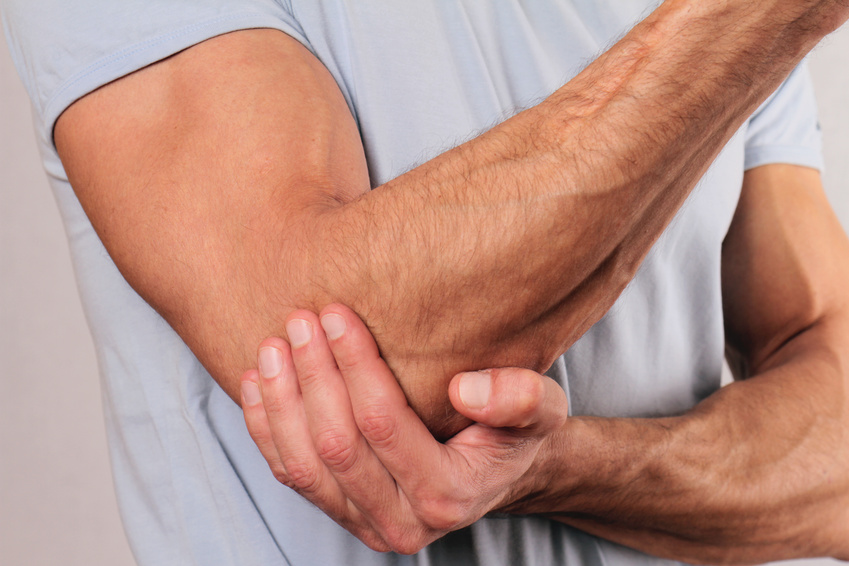As spring training continues to get into full swing I’d like to shed some light on an elbow surgery that is gaining a lot of attention in the press. Many of you have probably heard of the Tommy John surgery (TJS), but there are skewed ideas as to the reasoning behind it, reality of the surgery, its healing time, and overall outcome.
TJS was first performed in 1974 by Dr. Frank Jobe, on the famous Los Angeles Dodger pitcher Tommy John. This procedure helped prolong John’s pitching career, which is why it has become so popular today with competitive and professional throwing athletes. TJS is used after an extensive injury to the medial or inside portion of the elbow, specifically the ulnar collateral ligament (UCL), which acts as a main stabilizer to the elbow joint. The surgery entails using tendons from one of multiple sites: palmaris longus (forearm), hamstrings, or the calf to create a structure to replace the UCL, and therefore replace the stability in the elbow. The most popular graft site is the palmaris longus in the forearm, which in a surprising 15% of the population is missing. The surgery can last anywhere from 60-90 minutes, but the recovery process is extremely long in duration. The rehabilitation process can take anywhere from 12-16 months or even longer to allow for safe and full return to competitive throwing.
One of the largest surgical misconceptions that has developed, and seems to be increasing, is the belief that this is a performance enhancing surgery. In reality, the most optimistic post surgical expectation is to allow the patient to return to his/her prior level of performance. If there are demonstrated improvements after surgery, this is often due to recovery time, focus on core and rotator cuff flexibility and strength, and education on proper training techniques.
Many orthopedic surgeons do not recommend or perform TJS unless there is significant tissue damage due to excessive overuse or there has been an elbow dislocation injury. It is definitely not the first choice when soreness develops during or after throwing. The recommended treatment after assessment by an orthopedic doctor is to attempt conservative physical therapy. If that is the case, stop by your closest Freedom Physical Therapy Services location to schedule a screen with one of our Physical or Occupational Therapists who specialize in the upper extremity. We’ll perform a custom evaluation and develop programming to get you back to your best, pain free throwing.
For any additional FAQs, the MLB has released a “Pitching Smart” website providing suggested pitching guidelines, risk factors for injury and how to avoid overuse injuries of the throwing arm. Check out the information at http://m.mlb.com/pitchsmart/tommy-john-faq

